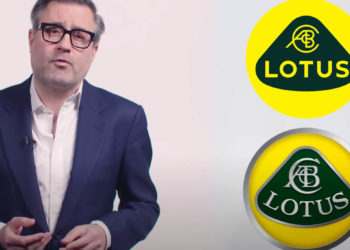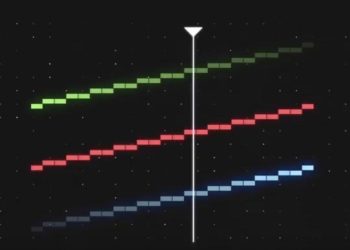If you’ve ever driven an electric vehicle (EV) or been surprised by one as a pedestrian, you’re aware of the disquieting lack of noise they make (pun intended). As the video below explains, we are trained as both drivers and pedestrians to respond to audio cues from the noisy internal combustion engines we are used to, so in 2019, regulators in the EU and the US started requiring EVs to play sound while in use. Each region’s regulations vary, but all follow a similar set of rules:
- Volume: must increase with speed
- Pitch: must increase with speed
- Frequency: must include both high and low frequency sounds to cut through background noise
The third rule covering frequency makes it very difficult to come up with a pleasant sound. Current iterations include sounds made by didgeridoos and entire symphony orchestras, as well as skeuomorphic approaches resembling combustion engines.
What do you think future vehicles should sound like? I know what my preferred choice would be.
Discussion
1 Thought on "Design Matters: What Should the Future of Transportation Sound Like?"
I’m glad to see this surfaced.
Seems to me that sound design is a pretty sophisticated area and should be able to come up with something. The old Apple start-up chime originally had a number of diagnostics built in to the sound, so that a trained engineer could hear if there was any of a number of problems – or combination – just like a good car mechanic can of an ICE.
Annoying is an acceptable or even beneficial quality when the vehicle is close enough for imminent impact (noise inside the vehicle can easily be actively cancelled, since it is predictable) – but surely we should look for high attenuation drop-off as we get further away. This would argue for higher frequencies in general that we are used to from ICE sounds.
I would add to the range of factors to include the relative weight of the vehicle. It’s good to know whether the thing coming up behind you is a scooter or a semi truck! Modulation over time could achieve this, so that small things have a whine, large things a throb.
This is skeuomorphic, not as regards ICE sounds, but as regards physics – we know intuitively that larger objects have more inertia, so that modulations in the noise they make *should* vary across the modulation spectrum.
One issue is that at the moment, any sound would have to cut through a background of loud ICE noise. This should lessen with time. But there should be no ‘in principle’ problem with electric cars deciding how loud to be based on ambient noise (though judging that while at speed might need careful work, I’m sure its possible – sensors inside carefully designed chambers with noise profiles across velocity which are stable regardless of local wind conditions). This would mean a quieter car in a silent street at 4am than in a busy one at rush-hour.
This leads to another thought – what about intermittence? This might be better than increasing pitch as to speed (and might need less increase in volume). A slow moving vehicle would be quiet, with long sound segments – say a couple of seconds. As the vehicle sped up, the segments would get shorter. The length of the segment might even relate to the time it takes to walk 3 meters – the typical path width of a vehicle – so that you actually ‘hear’ how fast you need to move to get out of the way.
The other benefit would be lower overall sound from a mass of vehicles, reducing necessary volume from each.
I suspect we’ll never get anything sensible, though, since a standard would need to operate across all manufacturers.



